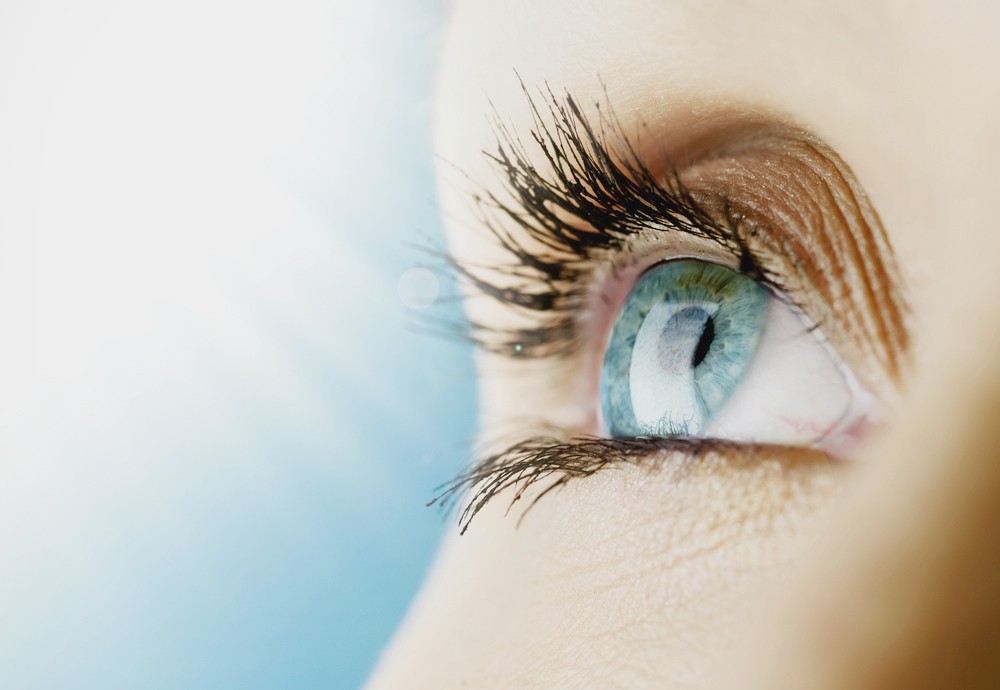Vision Rectification Through Lens Replacement: A New Period In Sight

Composed By-Deleuran Butler
Think of a future where you no longer have to rely upon glasses or contact lenses to see clearly. A future where vision correction is as basic as a quick, painless treatment.
Well, that future is closer than you could believe. Presenting refractive lens exchange, a revolutionary method to correcting your vision that might transform the method you see the world.
However what exactly is refractive lens exchange, and why is it thought about the future of vision adjustment? In this conversation, we will discover the benefits, the treatment, and the possible dangers of refractive lens exchange, providing you a glance right into what lies in advance for those looking for clearer vision.
The Benefits of Refractive Lens Exchange
Refractive Lens Exchange uses numerous advantages for people looking for vision improvement. By replacing your natural lens with an artificial intraocular lens, this procedure can deal with a vast array of vision problems. Among the main advantages of refractive lens exchange is the improvement in visual acuity. Whether you're nearsighted, farsighted, or have astigmatism, this treatment can substantially boost your ability to see plainly without relying on glasses or get in touch with lenses.
Furthermore, refractive lens exchange can likewise protect against the progression of specific eye problems, such as cataracts. This suggests that not just will you achieve much better vision, but you'll also have actually a minimized risk of creating cataracts in the future.
With refractive lens exchange, you can delight in enhanced vision and a higher quality of life.
The Treatment for Refractive Lens Exchange
When undertaking refractive lens exchange, the cosmetic surgeon will begin by making a little incision in your cornea. visit the following post allows them to access the lens of your eye and remove it.
Here are five crucial actions associated with the treatment:
- The surgeon will meticulously break up the lens making use of ultrasound waves or lasers.
- After eliminating the lens, they'll place a new artificial lens, called an intraocular lens (IOL), right into your eye.
- The IOL is created to fix your details vision troubles, such as nearsightedness, farsightedness, or astigmatism.
- Once the new lens remains in place, the surgeon will close the cut with tiny stitches or self-sealing strategies.
- The entire procedure typically takes less than half an hour and is normally executed on an outpatient basis.
Complying with these actions, refractive lens exchange can provide you with boosted vision and minimize your reliance on glasses or call lenses.
Prospective Risks of Refractive Lens Exchange
Before undertaking refractive lens exchange, it's important to understand the possible threats associated with the treatment. While refractive lens exchange is usually thought about secure, like any type of procedure, there are dangers included.
One potential threat is infection, which can take place if microorganisms enters the eye during or after the surgery. An additional threat is the development of enhanced intraocular stress, which can bring about glaucoma. Furthermore, there's a small chance of experiencing corneal edema, which is the swelling of the cornea.
Other potential risks consist of retinal detachment, macular edema, and loss of vision. https://zenwriting.net/stasia342leo/achieve-flawless-vision-with-evo-icl-the-optimum-selection-for-vision to discuss these threats with your cosmetic surgeon and evaluate them versus the prospective benefits prior to choosing.
Conclusion
So there you have it, people! Refractive lens exchange is genuinely the future of vision improvement. With its countless benefits and advancements in modern technology, this procedure provides a life-changing solution for those dealing with their vision.
Yet remember, every rose has its thorns. While refractive lens exchange may bring clarity, it is very important to be familiar with the possible risks involved. So, before taking the jump, weigh the advantages and disadvantages, and consult with your ophthalmologist.
After all, better secure than sorry!

